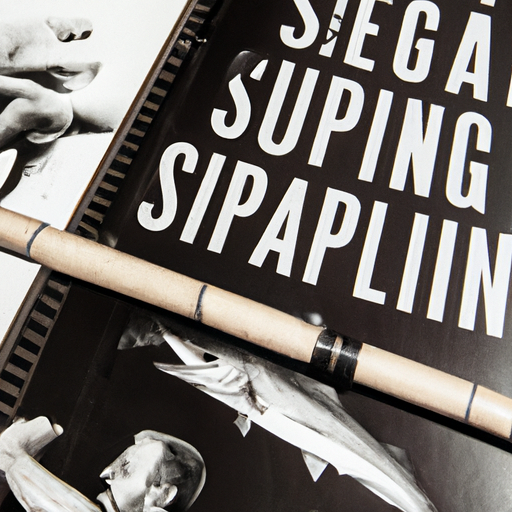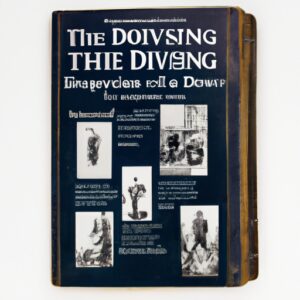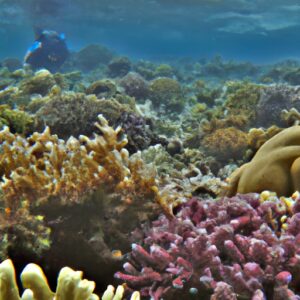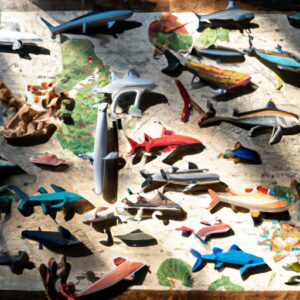
The History of Spearfishing: From Survival to Sport
Spearfishing has come a long way from its origins as a means of survival for our ancestors. These days, it’s a popular recreational activity enjoyed by thousands of people worldwide. So how did we get here? Allow me to take you back in time to explore the fascinating history of spearfishing.
B.C – Ancient Spearfishing Techniques
Believe it or not, spearfishing has been around since prehistoric times. Ancient civilizations relied on fishing for survival, and spearfishing was a common method used to catch fish. In those days, simple wooden spears were used, with no fancy gadgets or gizmos.
Fast-forward a few centuries, and the Greeks and Romans were using more advanced spearfishing techniques, including harpoons and trident forks. They even created underwater masks made of brass or bronze, which they used to see and hunt fish.
The 19th Century – The Beginning of Spearfishing As a Sport
In the 1800s, spearfishing started to emerge as a sport, with the first recorded competition in Hawaii in 1920. The contestants were judged on the size and number of fish they caught, and the competition was a huge success. Soon after, spearfishing became a popular recreational activity among island communities worldwide.
The 20th Century – The Rise of Spearfishing Gear
As spearfishing continued to grow in popularity, so did the technology. In the 1950s and 60s, the first diving fins and rubber wetsuits were invented, making it possible for spearfishers to stay underwater for longer periods. The invention of the speargun and Hawaiian sling, which were more accurate and powerful than traditional spears, further revolutionized the sport.
Today, spearfishing equipment has come a long way. The modern-day speargun is equipped with multiple bands and high-tech materials, making it easier to catch fish, while wetsuits and swimming fins allow divers to stay underwater for longer periods. Even specialized underwater cameras make it possible for divers to record their catches and share their experiences with others.
The Future of Spearfishing – Sustainability and Conservation
As spearfishing continues to evolve, so must our attitudes towards sustainability and conservation. Many spearfishers now adhere to strict sustainability and conservation practices, only targeting species that are abundant, and leaving endangered species untouched.
Moreover, many spearfishing organizations now offer courses and training on sustainable spearfishing practices, and host events that promote conservation efforts. These initiatives ensure that spearfishing is not only a sport but also a way to connect with nature and protect vulnerable marine ecosystems.
In Conclusion
Spearfishing has come a long way since our ancestors hunted for survival. What started as a means to put food on the table has now evolved into an exciting recreational activity enjoyed by many worldwide. As spearfishing continues to evolve, sustainability and conservation practices are becoming more important than ever. Therefore, we must remain aware of our impact on the environment and continue to enjoy spearfishing responsibly.






